With everything that happens in our world today, it is all too easy to get lost in an endless sea of information. Therefore it is only natural for more than a few news pieces to slip past our notice- no matter how amazing they are.
Here are a couple of examples -specifically in the technological field- that deserve to be highlighted on everyone’s radar:
Self-healing smartphones
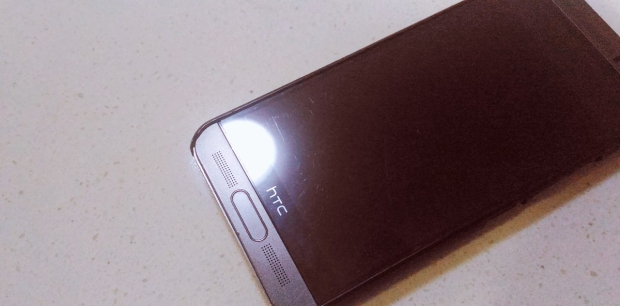
Pretty soon, the idea of dropping your cellphone on the floor won’t send you into a panic. Not a full-scale one, at the very least.
Why? Because scientists have recently developed a material that can heal itself within 24 hours after being torn apart. Pretty neat, huh?
The material, which is made of a stretchable polymer and an ionic salt, has a special type of bond called an ion-dipole interaction. Thanks to this relationship consisting of charged ions and polar molecules, whenever the material is scratched or damaged in any way, the ions and molecules attract each other to stitch it back together.
While the idea of self-healing materials isn’t exactly new -LG has already started using this technology for a few of its cellphones- this is the first time scientists have managed to create one that can conduct electricity.
Which means you can say farewell to worrying about cracked phone screens. Hurrah!
At least within three years; it’s predicted that these self-healing smartphones will only be making an appearance in the market by 2020.
Till then, hold on extra tight to your smartphone.
Smart glasses that automatically adjust according to your vision
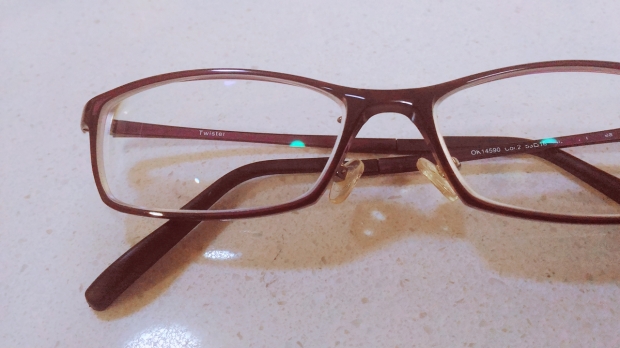
Can you imagine not having to get your glasses custom-made anymore? No more annoying visits to the optometrist, no more shelling out more and more money, and definitely no more waiting for your new glasses to arrive!
That dream may be closer to reality than you think.
A team spearheaded by University of Utah electrical and computer engineering professor Carlos Mastrangelo and doctoral student Nazmul Hasan have developed a pair of “smart glasses” that do just this. Be it near or far, these liquid-based lenses are filled with glycerin that automatically adjust the focus of what you’re seeing in as little as 14 milliseconds.
And as if that isn’t amazing enough, these glasses are connected to a smartphone app where wearers can input their prescription information. Changes in prescription aren’t a problem either; all you have to do is update your information and your glasses will adjust accordingly.
What a time to be alive! Be patient though. It is going to take up to three years for this baby to hit the market.
Contact lenses that could spot signs of disease
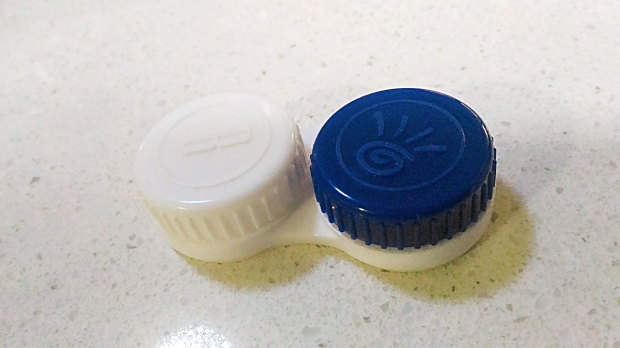
This time, both science and technology have taken a step forward with preparations for the development of biosensor-embedded contact lenses. And if reading that alone leaves you quizzical, fret not because an explanation is about to come your way.
What are they, exactly? Biosensing contact lenses are an -at this point, theoretical- invention scientists wish to use to monitor blood glucose levels and a number of other signs of disease without resorting to invasive tests. You know the ones. They are those that involve obtaining blood, urine, stool samples and the like from patients. Those. Visits to the doctor that involve any of those aren’t exactly pleasant, are they?
The study is there, but it may take a year or more for a prototype to be ready for animal testing. Once fully developed, these contact lenses could send vital health information to your smartphone and other Wi-Fi or Bluetooth-activated gadgets.
Talk about convenience. These contact lenses could be used as an early detection system for cancer, which is, let’s face it, a huge relief for all of us.
As they say, prevention is better than cure.
Li-Fi
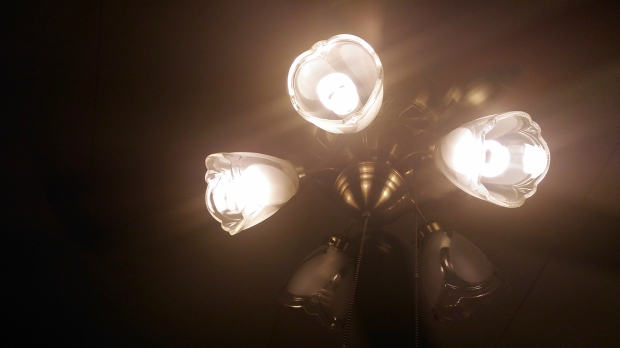
Li-Fi? Isn’t it Wi-Fi? Nope, that’s not a typo, my friend. Li-Fi stands for Light Fidelity, and it claims to be 100 times faster than standard Wi-Fi.
Yet another nifty invention, Li-Fi basically offers internet connectivity through light. It makes use of common household LED lightbulbs to transfer data with a jaw dropping speed of 224 gigabits per second.
While this sounds undeniably cool, there are setbacks to the use of Li-Fi. For one thing, its exclusive use of light means that lightbulbs have to be on at all times to ensure internet connectivity. For another, since light cannot pass through walls, these lightbulbs will have to be installed throughout the house.
Talk about a bummer! Still, there are upsides to this. Along with its impressive speed, Li-Fi offers better security due to its shorter range- a definite plus for retailers and other businesses alike.
Sieve that could make seawater drinkable
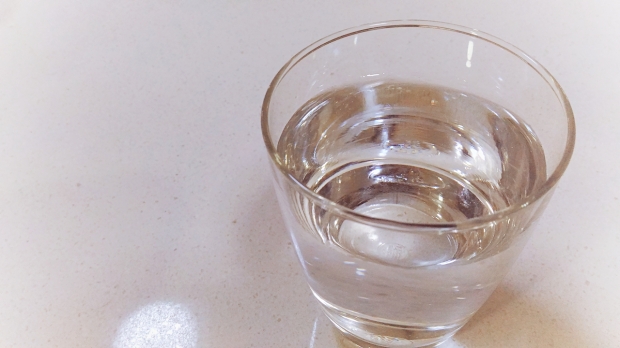
If you’re looking for a world-wide game-changer, you needn’t look much further than the graphene-based sieve developed by researchers in the United Kingdom.
With the ability to filter out salt from seawater using less energy, this creation could be the holy grail for saving lives. This is true even more so for countries where clean, drinkable water is in severely limited supply.
Thank goodness! People from these places aren’t the only ones who will benefit, however. The United Nation predicts that by 2025, 14% of the global population will suffer from water shortage. Definitely not a fate that any of us would want to be branded with.
For more information, watch this video.